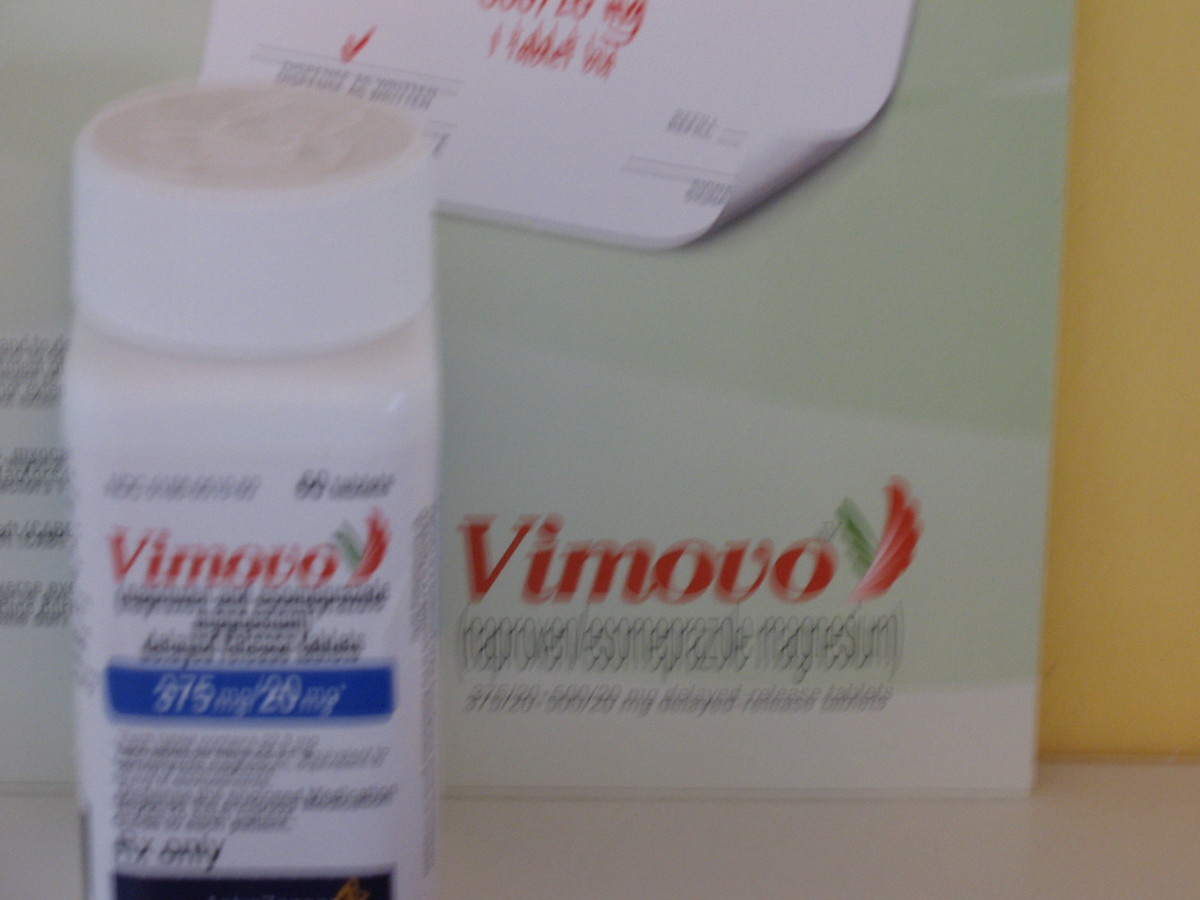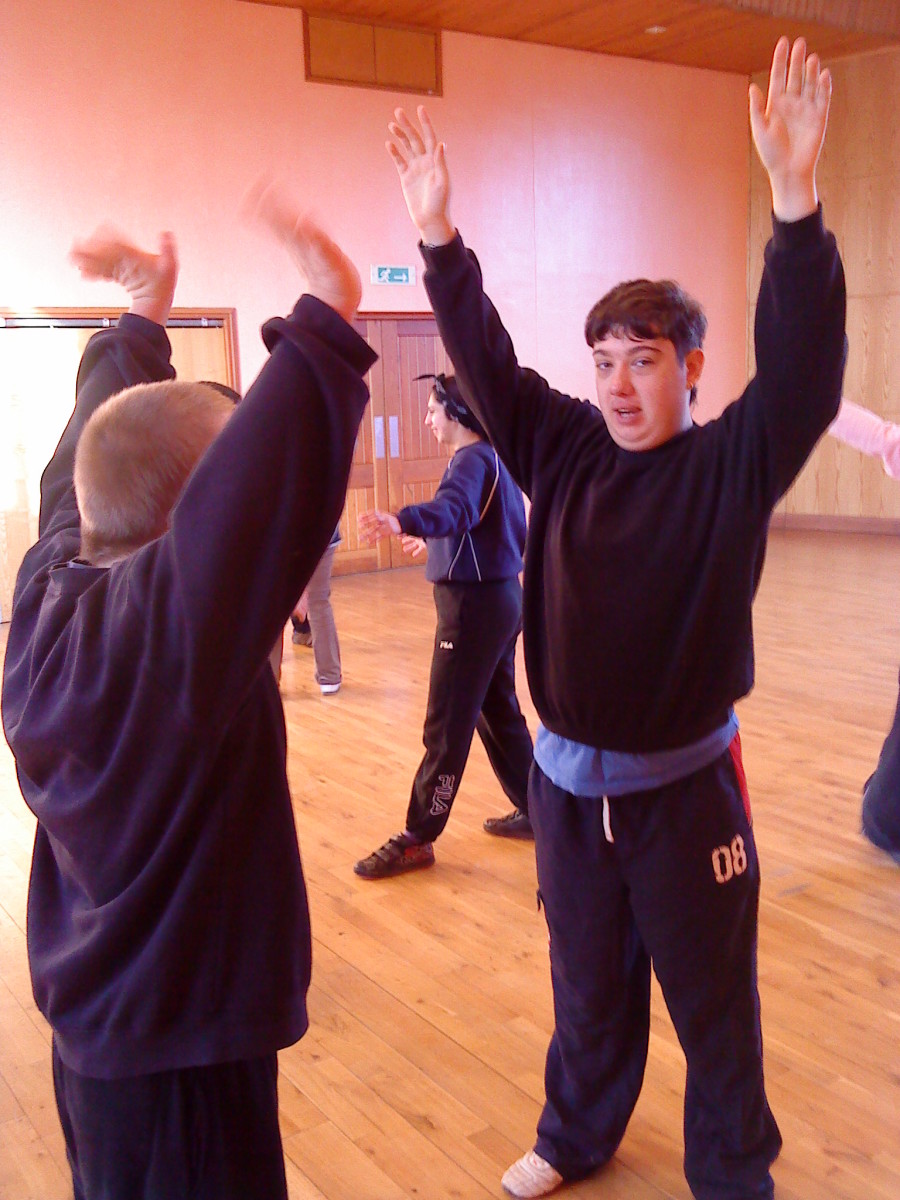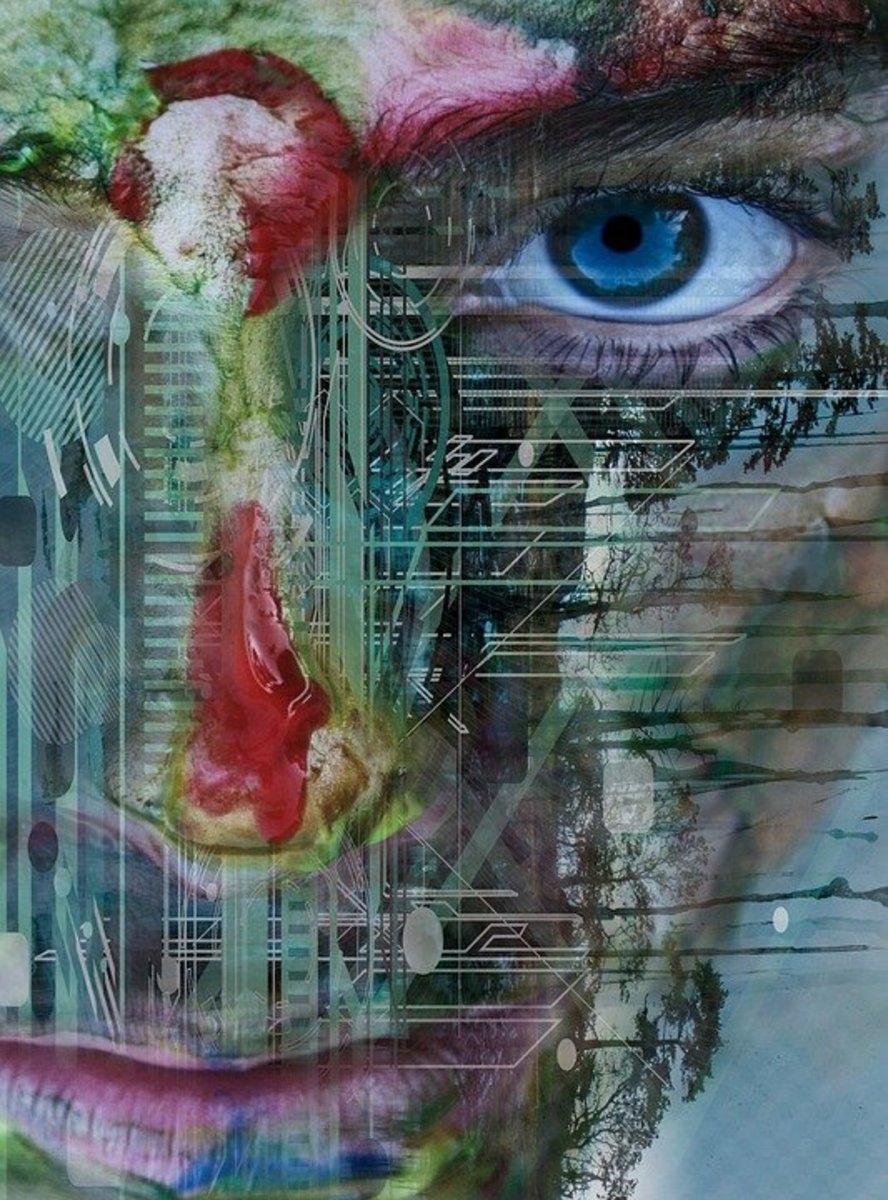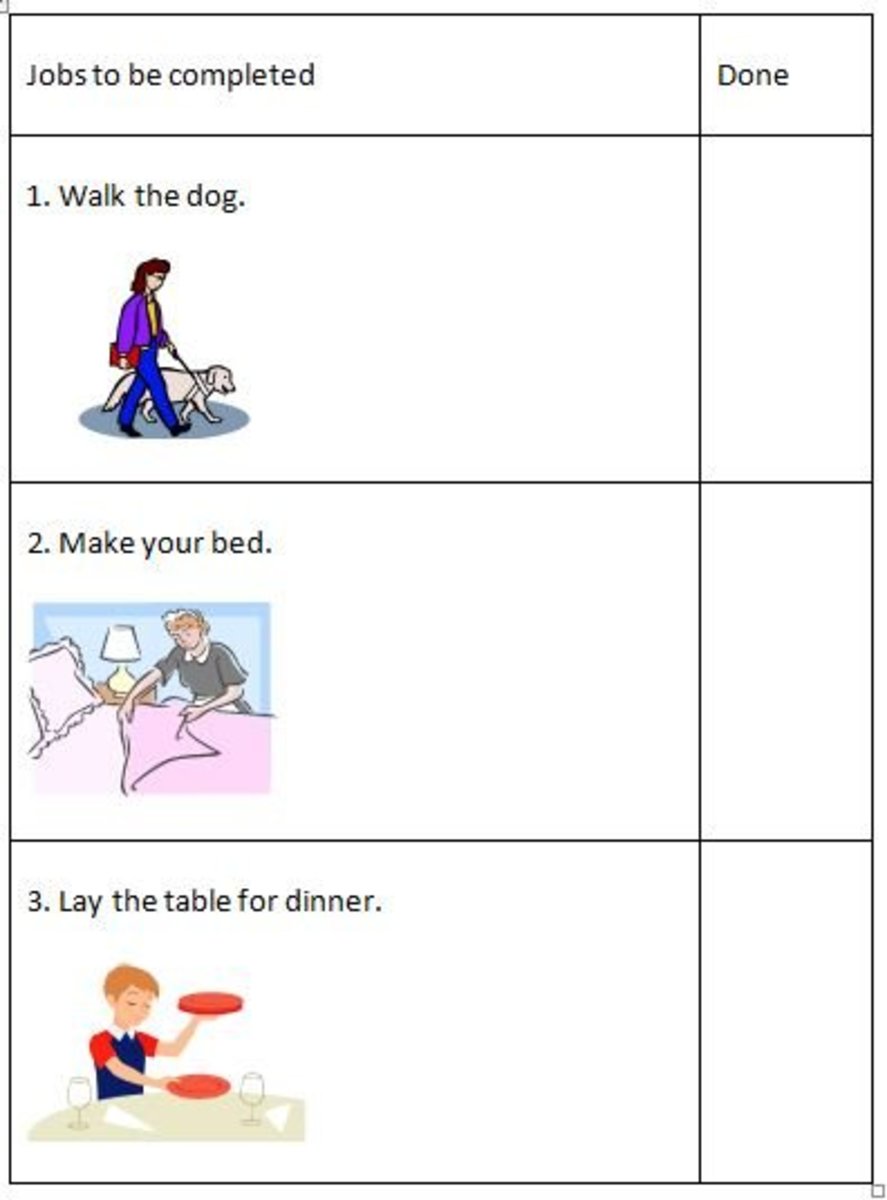- HubPages»
- Health»
- Diseases, Disorders & Conditions»
- Autism & Asperger's Syndrome
How Low Level Laser Therapy Can Aid In The Treatment of Chronic Back Pain ?
Introduction
Chronic pain can be one of the most painful and agonizing experiences. According to the Global Burden of Disease 2010, back pain is the leading cause of disability worldwide affecting 80% of the overall population. People suffering from chronic back pain try different methods to alleviate the escalating discomfort and often, they resort to unsafe treatment solutions. If the back pain is caused by an injury, people usually tend to start with medicaments. But in most cases, pharmaceutical preparations have only served as short-term relief, and once their effect concludes, the pain is back. Introduced in the 1960s, laser therapy offers an alternative, long-term solution for relieving back pain.
Cold Laser in Action
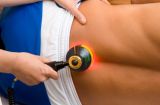
Back Pain: An Unrelenting Health Problem
- Many people from the outside think that people suffering from back pain sometimes exaggerate. The truth is, the pain is very much real and severe, and more often than not, it is chronic, lasting for more than 3 months.
- Living with chronic back pain can be a real challenge, since even the simplest everyday routines seem hard to do and taxing. When faced with patient with chronic back pain, doctors focus on treating the cause of the pain (which can be either an injury or a disease).
- The thinking behind it is that, once the cause is healed, the pain diminishes. What is even more challenging for dealing with chronic back pain is the fact that there are no measures for the level of pain.
- Many times, there is no clear cause of back pain, and patients go from one doctor to another, struggling to identify the culprit of the physical suffering.
What Do You Think?
Have you suffered from chronic back pain? What was your approach?
Low Level Laser Therapy:An Alternative Treatment for Back Pain
The good news for patients with chronic back pain is that modern medicine has developed several treatments to ease the pain. Gone are the days when drugs and herbal preparations were the only effective treatment modalities. Nowadays, people can choose from different electromagnet stimulators, acupuncture, to cold laser therapy. While there are several things people can use to ease their pain and suffering – such as change of lifestyle, different sleep positions and exercise. However, modern technology such as cold laser therapy offers the best option for long term success in the early management of persistent back pain.
One of the common technology devices used for pain relief is TENS stimulator. These devices work by passing electrical current through electrodes placed on the skin. TENS stimulators excite the nerves in order to achieve pain relief. Muscle stimulators are geared towards the rehabilitation of muscles, and they are more used as a training cosmetic and therapeutic tool. People using muscle stimulators to achieve recovery at a reduced pain level. For the past several years, passing low current at a suitable frequency has been a very effective method to relieve the body from pain and accelerate the healing process.
Cold Laser therapy functions almost on the same principle. While muscle and nerve stimulators use electric current, cold laser therapy applies low energy lasers, focused on the back, trying to relief the pain and boost tissue repair process through monochromatic light emission at a desired wavelength. The emitted light is low in power, but just enough to alter cellular process. More often, low level laser therapy is combined with muscle and nerve stimulation for more beneficial effects.
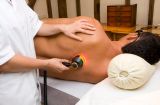
Benefits of Level Laser Therapy in Treating Back Pain
Low level laser therapy treats back pain in three ways:
(1) it eases pain,
(2) it reduces inflammation, and
(3) it enhances tissue healing.
Light emitted from low level laser therapy influences muscles, ligaments and even, bones. In its essence, cold laser therapy enhances microcirculation; therefore, stimulating red blood cells flowing to the designated area, and there is an increase in the blood flow in that area. Low level laser therapy also stimulates oxygenation in the tissue, and finally, stimulates cytochrome oxidase enzyme, which targets injured cells providing them extra energy for recovery and rejuvenation.
Plans to follow
Balance
| Strength
| Flexibility
| Back pain
|
|---|---|---|---|
Tai Chi
| Pilates
| General stretching
| medication
|
Yoga
| Lifting weights
| Yoga
| Laser therapy
|
How Laser Therapy Works in Treating Back Pain
Cold Lasers emit light through a process of optical amplification on stimulated emission of electromagnetic radiation. Unlike other devices, lasers emit coherent light which focuses on very tight spots and specific regions. Cold Laser therapy is different from any other therapy used. With Cold laser therapy, physicians are targeting the source of the nerve sensitivity and pain. They treat it by lasering off the ends and decreasing the size of the disks. This results in pain relief, caused by the pressure on the disks and bones.
Less medications finally!!!
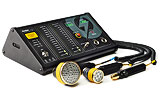
Studies that Prove the Efficiency of Low Level Laser Therapy
Different studies have shown different results of the effectiveness of laser therapy. The upshot has always been and always, will be pain relief. This has been substantiated by numerous studies including a research conducted by John Zhang and Eric Malisali from Logan University, published in the Journal of Chiropractic Education (vol 23, 2009). The study revealed that laser stimulation on acupuncture points is effective and safe treatment for low back pain. Thirty two people were part of the study, who have reported satisfying results.
Another study that supports laser therapy is the one done by the Department of Animal Clinical Sciences, in cooperation with the College of Veterinary Medicine, and the University of Florida. Their study proved that low level laser therapy encourages ambulation faster than surgery alone. Their study was conducted on dogs. Results showed that the time to achieve a modified Frankel score of 4 was significantly lower in the laser therapy (3-5 days) than in the surgery alone group (14 days).
Moreover, a group of scientists, Felix Adah, Hamed Benghuzzi, Michelle Tucci, Ashraf Ragab, and Neva Greenwald from the University of Mississippi Medical Center conducted a study in 2008. Their subjects were rats, and the intention of the study was to prove the effect of low power laser treatment on a traumatized disc in a rat model. It was disclosed that the group that underwent a laser treatment showed healing and cellular re-organization.
Conclusion
Laser therapy is usually the last resort for people suffering from back pain. At this present time of writing, many people reach for laser therapy as one of the latest technology revelations that can ease back pain and discomfort with minimal to no side effects. Various researches have proven laser therapy to be both effective and worthy investment. However, when considering laser therapy, always look for a licensed and skilled doctor or therapist. Nonetheless, it is safe to say that low level laser therapy can be used for both a quick fix and a long term solution for chronic back pain.
References:
Kennedy-Spaien E.K.S, (2013). The challenge of chronic low back pain. 1st ed. USA: OTR/L.
Milica Jovicic, Ljubica Konstantinovic, Milica Lazovic, Vladimir Jovicic, (2012). 'Clinical and functional evaluation of patients with acute low back pain and radiculopathy treated with different energy doses of low level laser therapy'. In: Milica Jovicic, Ljubica Konstantinovic, Milica Lazovic, Vladimir Jovicic (ed), Clinical and functional evaluation of patients with acute low back pain and radiculopathy treated with different energy doses of low level laser therapy. 1st ed. Serbia: Institute for Rehabilitation Belgrade. pp.657-662.
Luigi Baratto & Laura Calzà & Roberto Capra & Michele Gallamini & Luciana Giardino & Alessandro Giuliani & Luca Lorenzini & Silvano Traverso, (2011). Ultra-low-level laser therapy. Lasers Med Sci. 26 (26), pp.103-112
John Zhang & Eric Malisali, (2009). Laser and Electrical Stimulation of Acupuncture Points on Low Back Pain, A Pilot Study. Laser and ElectThe Journal of Chiropractic Education. 23 (1), pp.119
Chen Y-J, Wang Y-H, Wang C-Z, Ho M-L, Kuo P-L, et al. (2014) Effect of Low Level Laser Therapy on Chronic Compression of the Dorsal Root Ganglion. PLoS ONE 9(3): e89894. doi:10.1371/journal.pone.0089894
Gina Shaw, (2012). Let There Be Light. 1st ed. USA: American Chiropractic Association.
Felix Adah, Hamed Benghuzzi, Michelle Tucci, Ashraf Ragab, and Neva Greenwald., (2008). EFFECT OF LOW POWER LASER TREATMENT ON A TRAUMATIZED DISC IN A RAT MODEL. University of Mississippi Medical Center. 1 (1), pp.1-10
Glazov G, et al. Acupunct Med 2014;32:116–123. doi:10.1136/acupmed-2013-010456
Acupunct Med 2009;27;94-100. doi:10.1136/aim.2009.000521
Saime Ay & Şebnem Koldaş Doğan & Deniz Evcik, (2010). Is low-level laser therapy effective in acute or chronic low back pain?. Clin Rheumatol. 29 (29), pp.905-910
W. E. Draper, T. A. Schubert, R. M. Clemmons and S. A. Miles, (2012). Low-level laser therapy reduces time to ambulation in dogs after hemilaminectomy: a preliminary study. Journal of Small Animal Practice. 1 (53), pp.465-469
Marienke van Middelkoop • Sidney M. Rubinstein • Ton Kuijpers • Arianne P. Verhagen • Raymond Ostelo • Bart W. Koes • MauritsW. van Tulder, (2010). A systematic review on the effectiveness of physical and rehabilitation interventions for chronic non-specific low back pain. Eur Spine J. 1 (20), pp.19-39
Júlia S. Diniz & Renata Amadei Nicolau & Natália de Melo Ocarino & Fernanda do Carmo Magalhães & Renato Dornas de Oliveira Pereira & Rogéria Serakides, (2009). Effect of low-power gallium-aluminum-arsenium laser therapy (830 nm) in combination with bisphosphonate treatment on osteopenic bone structure: an experimental animal study. Lasers Med Sci. 1 (24), pp.347-352
Brown B, Baines C & Mann L, (2011). Oxygen and Omnilux® in wound healing. Department of Hyperbaric Medicine. 19 (3), pp.165-170

